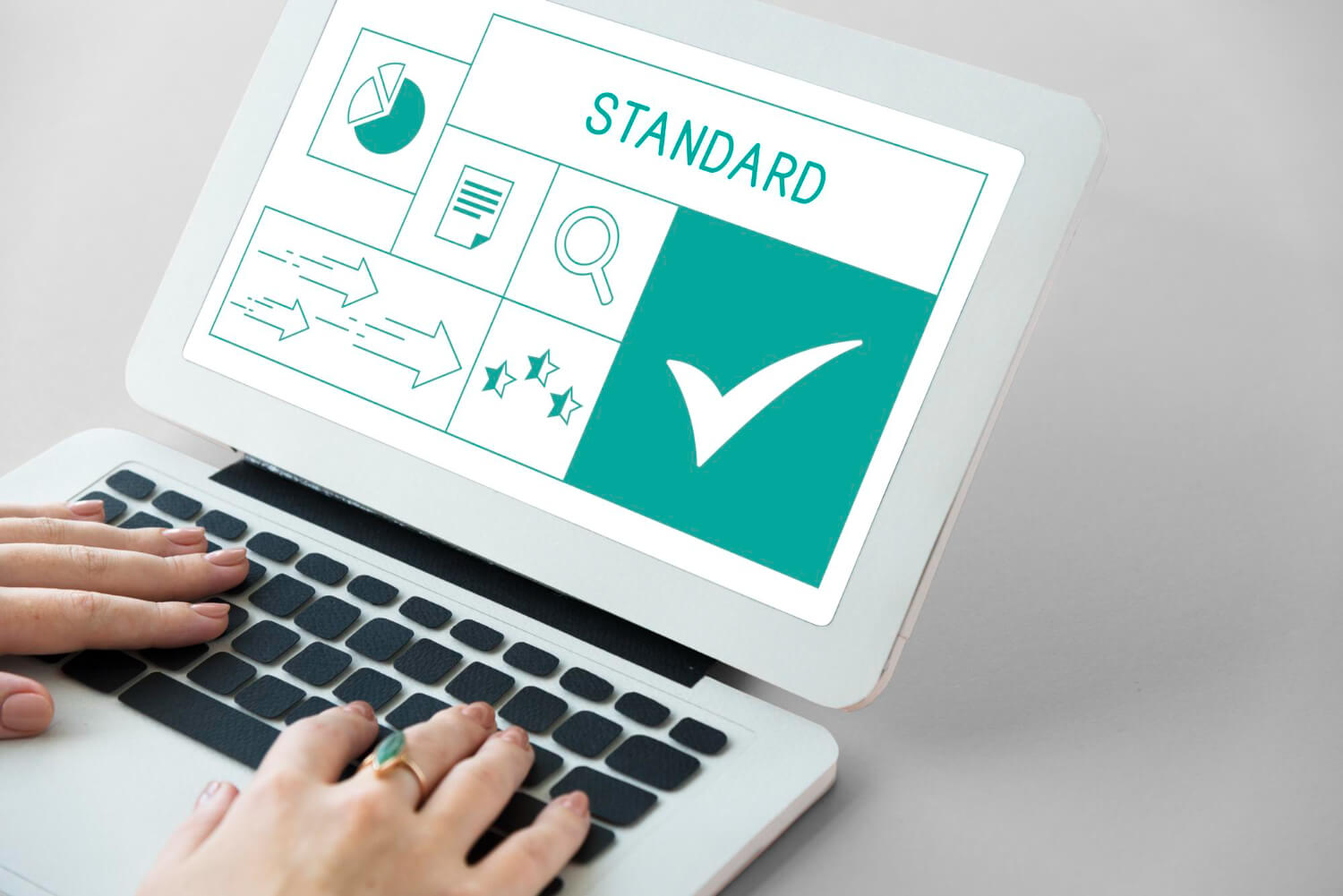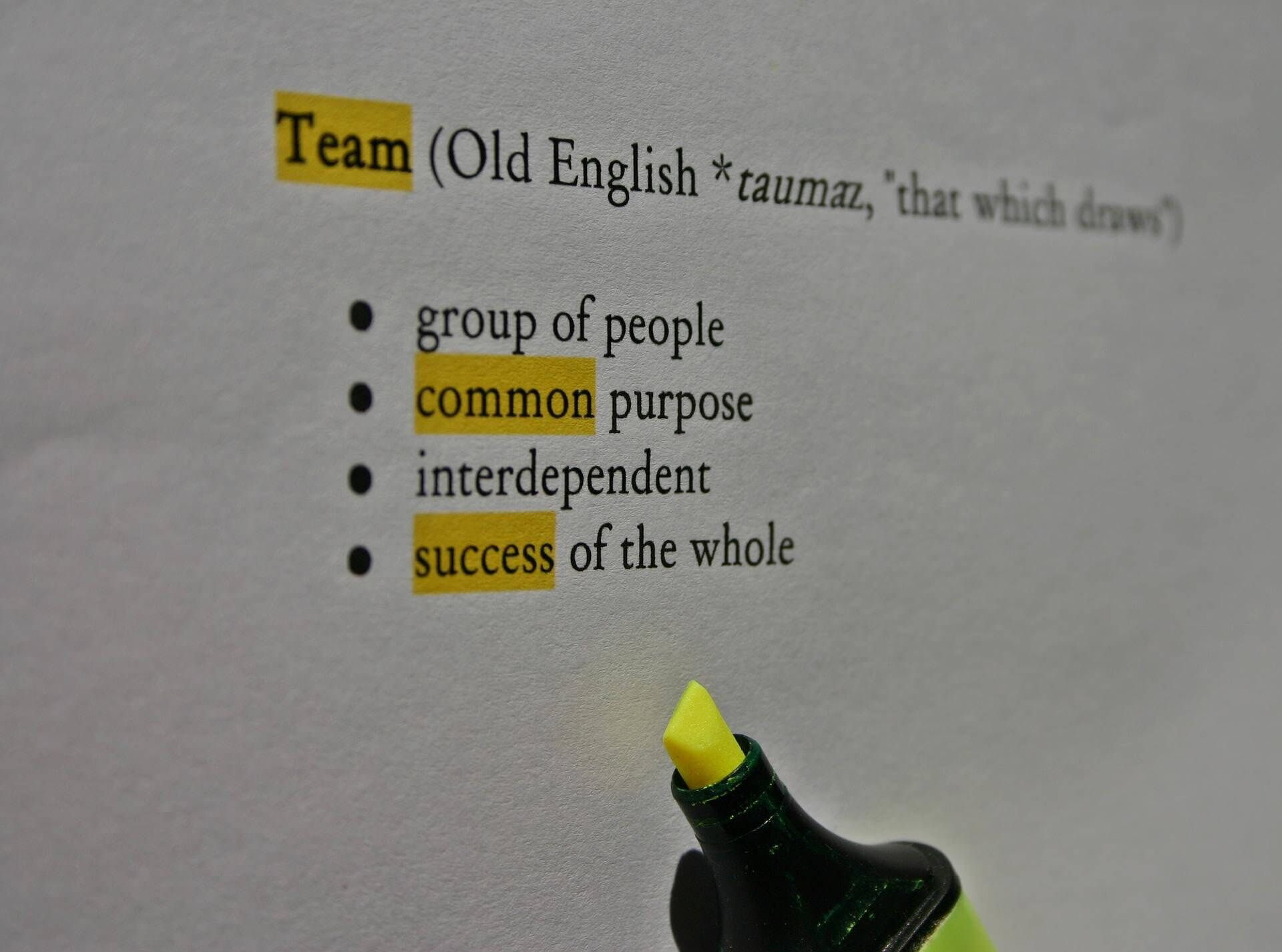Communicating Remotely
Many individuals enjoy working and communicating remotely but is it feasible and worthwhile for the…
Our content is reader-supported. Things you buy through links on our site may earn us a commission
Never miss out on well-researched articles in your field of interest with our weekly newsletter.

Subscriber

Many individuals enjoy working and communicating remotely but is it feasible and worthwhile for the…

You go into an organization where there are no standard forms of documentation for communicating.…

The Technical Writer is forever growing in status and popularity. They have now emerged as…

Planning can mean anticipating, preparing, and being able to predict or forecast possible events. It’s…

You have inherited a document that no one is happy with. How do you find…

Is there such a thing as being able to minimize documentation? There is if you…

Technical Writers wear many hats (traits Interviewer, Researcher, Analyst, Editor, Tester, etc.) and possess many…

Making relevant information stand out and noticeable is important for various types of documentation (including…

User manuals provide a road map for the user. Many technical writers embed screen shots…

Communicating the definition of architecting or ‘to architecture’ can be defined in software and technically…

Use cases and workflow diagrams are two essential practices or methodologies that will effectively demonstrate…

Curating content is defined as selecting, organizing, and presenting content, mostly for online use, either…

You are gathering notes at a meeting for a group of documents that need to…


What do you do when you are working in a chaotic organization and there are…

Your knowledge stars or SMEs (Subject Matter Experts) are your most important assets when it…